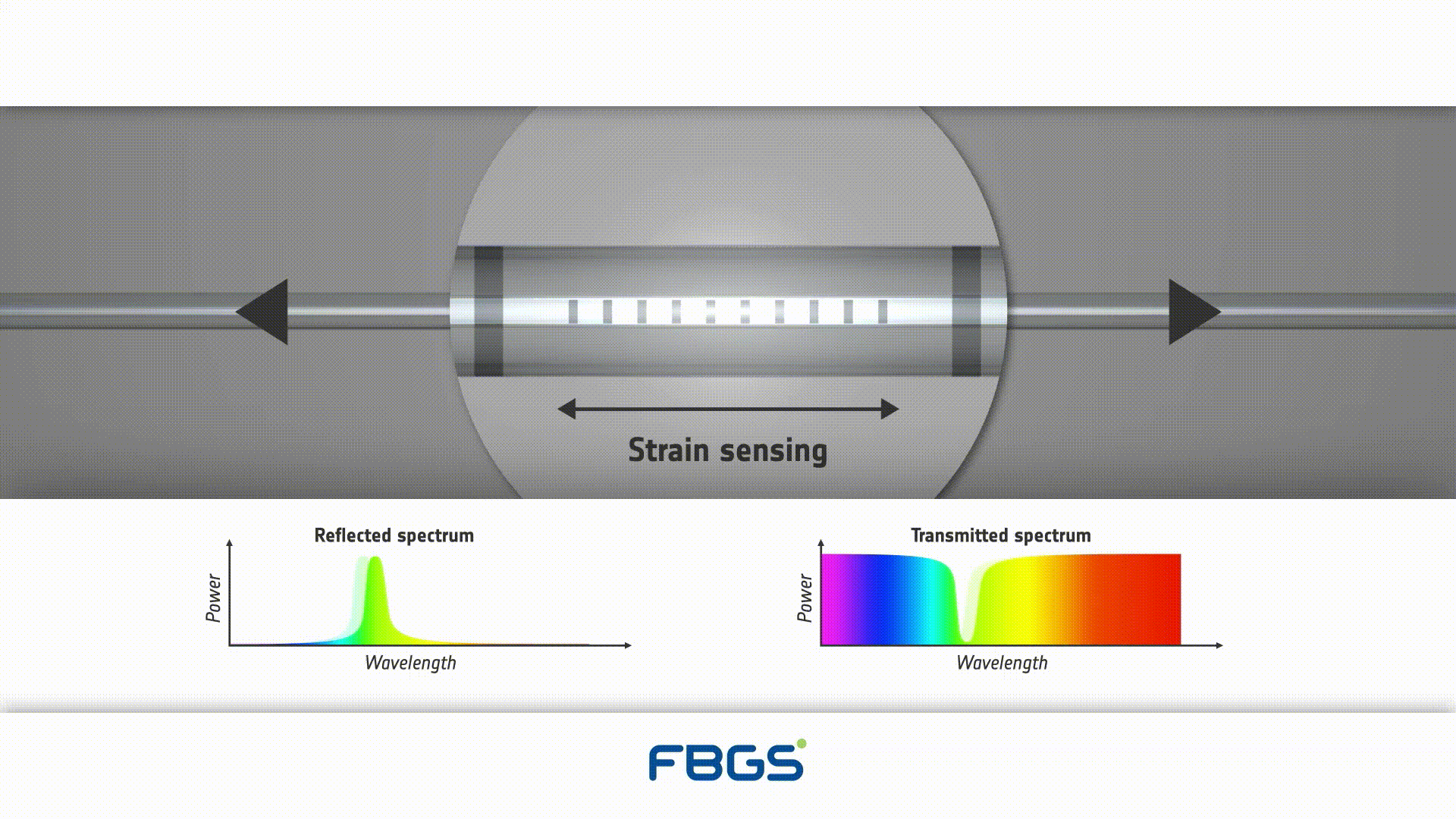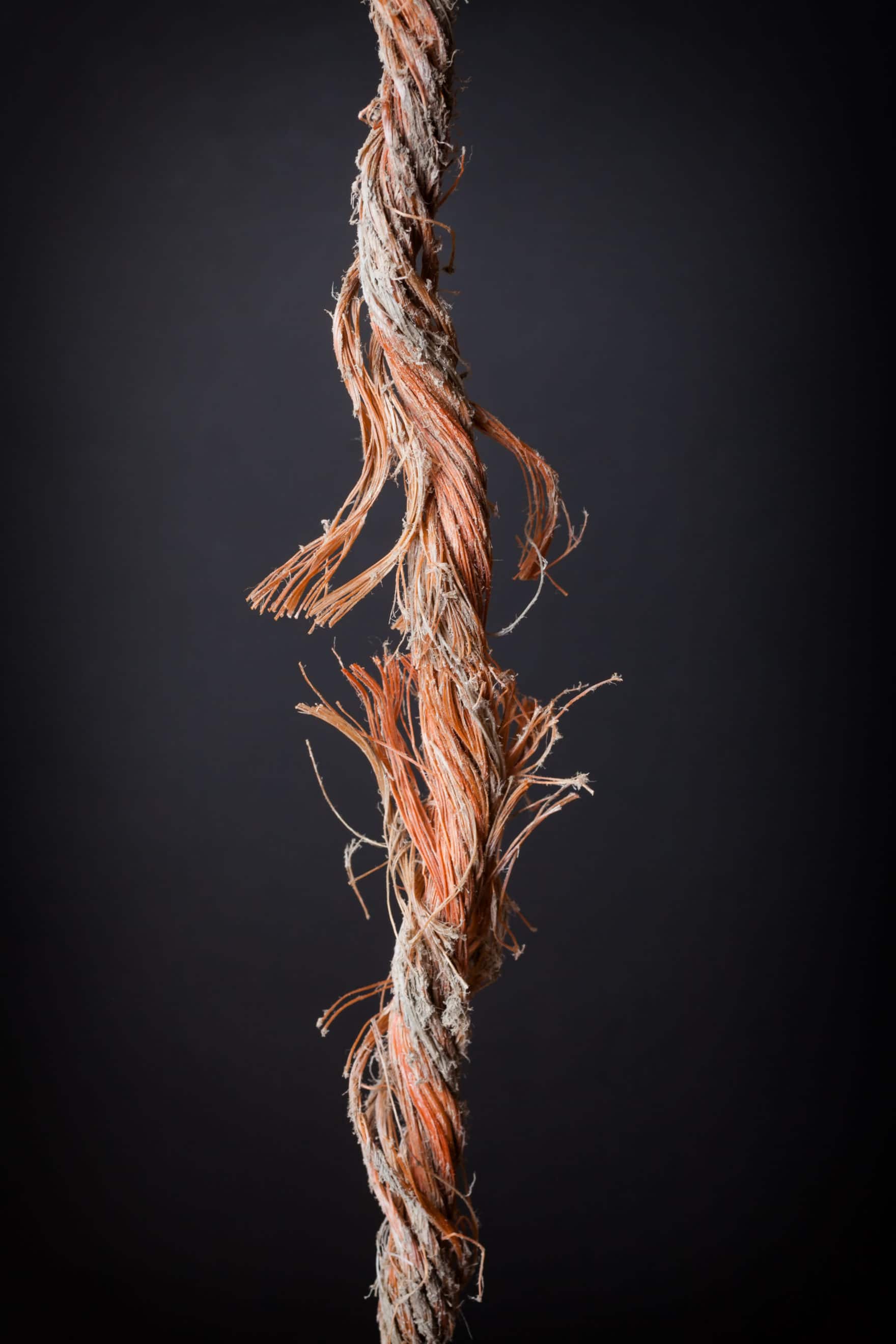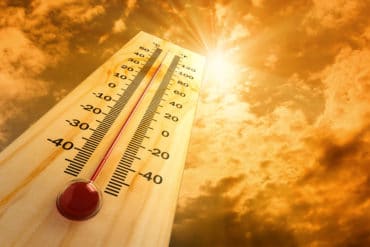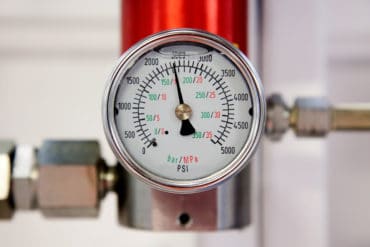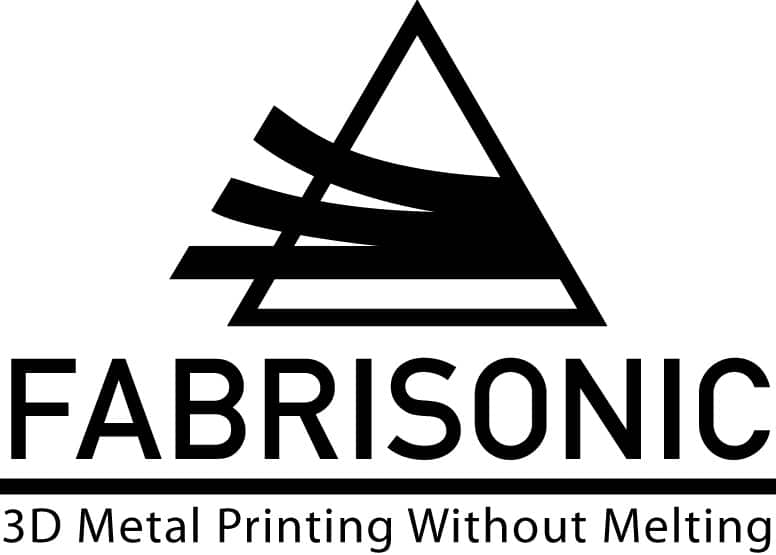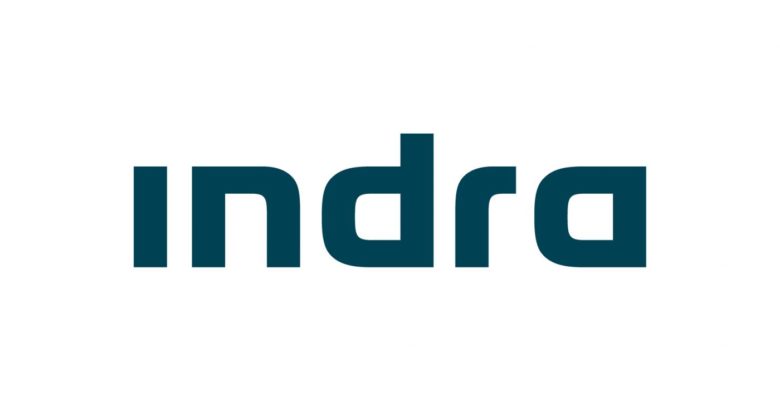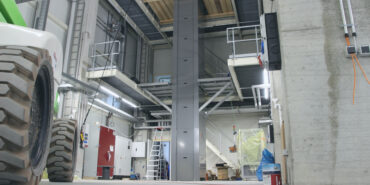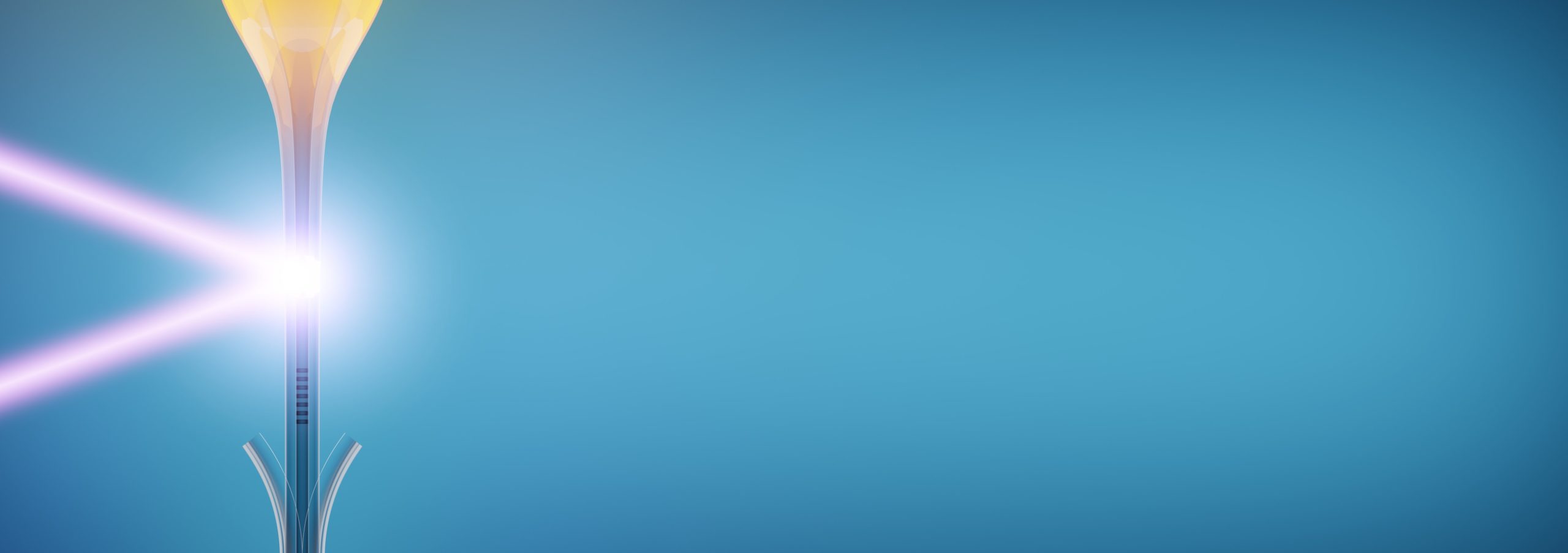Advantages
- Ormocer® coated DTG®s can be fixed directly or integrated in a patch on the surface of the test object like normal strain gauges. No coating removal is required to assure a good fixation of the DTG® sensor.
- DTG®s can directly integrated into composite materials like glass or carbon fiber reinforced composites which are widely used in modern constructions. Depending on the need, DTG®s can also be delivered in small diameter fibers in order not to disturb the composite matrix too much.
- DTG®s can measure very high strain levels (>10000 µm/m) and are therefore very well suited to high stressed composite constructions.
- DTG®s show an excellent long term stability under mechanical fatigue conditions, making them ideal suited for long term condition monitoring.
- Ormocer® coated DTG®s can easily be applied in cryogenic environments because of their low thermal conductivity of the single fiber feeding many sensors and their stable optical properties with very low residual temperature dependencies near to liquid helium temperatures
- Strain measurements using FBGs is an absolute measurement what makes this type of sensors ideal for off-line monitoring whereby the measurement device is not all the time connected to the sensors.
- FBGs are immune to electromagnetic interference (even lightening interference)
- FBGs are intrinsically passive (no electrical power required) and therefore can be positioned in high voltage and potentially explosive atmosphere areas.
- As FBGs consume no power, there is also no self heating effect which might be critical when measuring strain on low heat conductive materials.
- FBGs can become read out over large distances, without the need of amplification means under way (>20km)
- Multiple FBGs (>20) can be monitored in series on one single optical fiber, no return fiber is needed. Special interrogator techniques even allow to have more than 1000 FBG sensors on a single fiber.
- Due to the nature of the glass, FBGs show a good corrosion resistance.
FBGS has developed a patented fully qualified installation methodology for mounting DTG® strain sensors on surfaces. However, different other companies are also offering high reliable strain sensors based on our DTG®s. For more information, please contact us.
